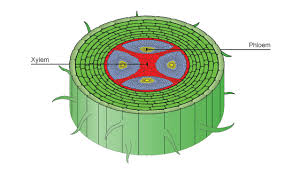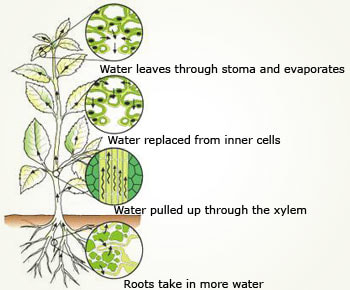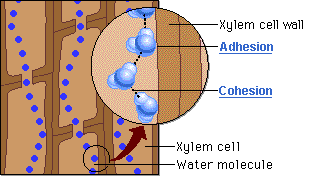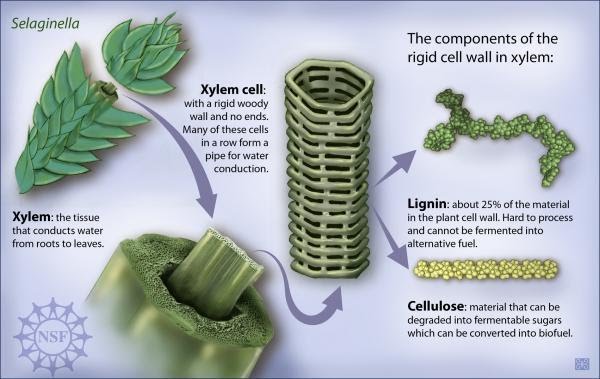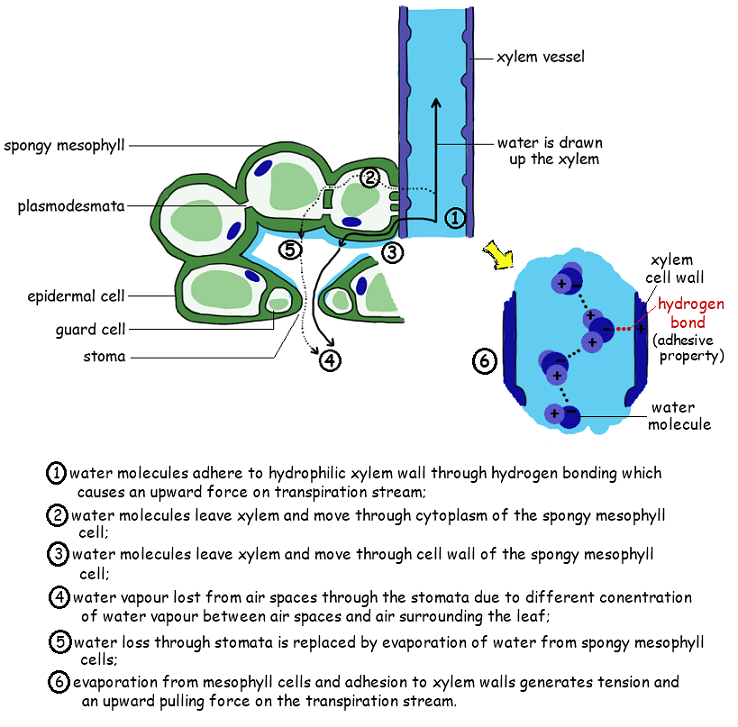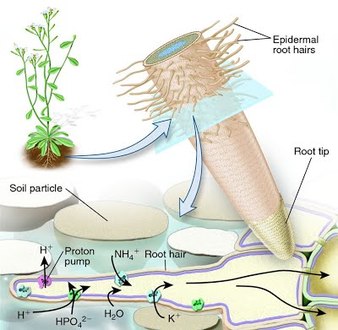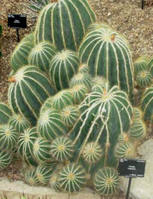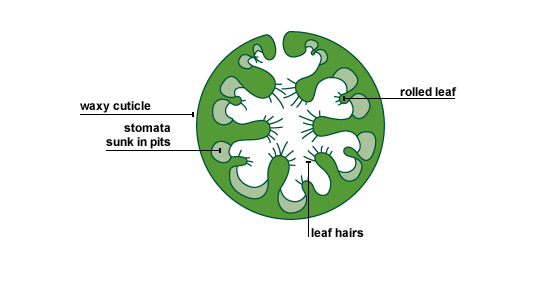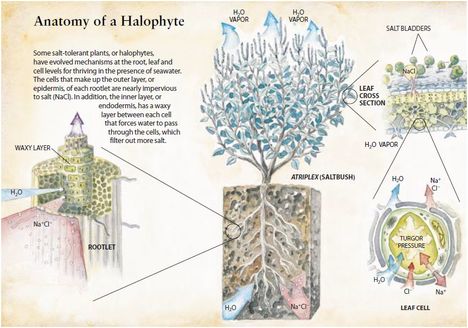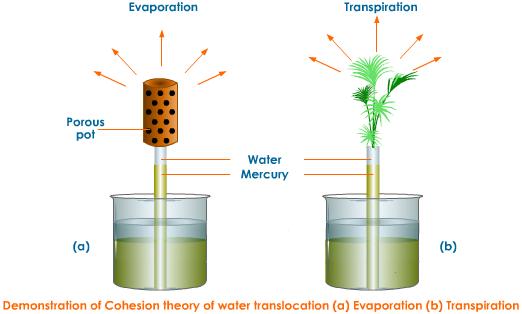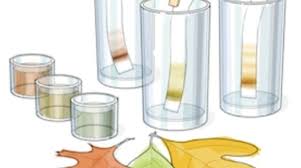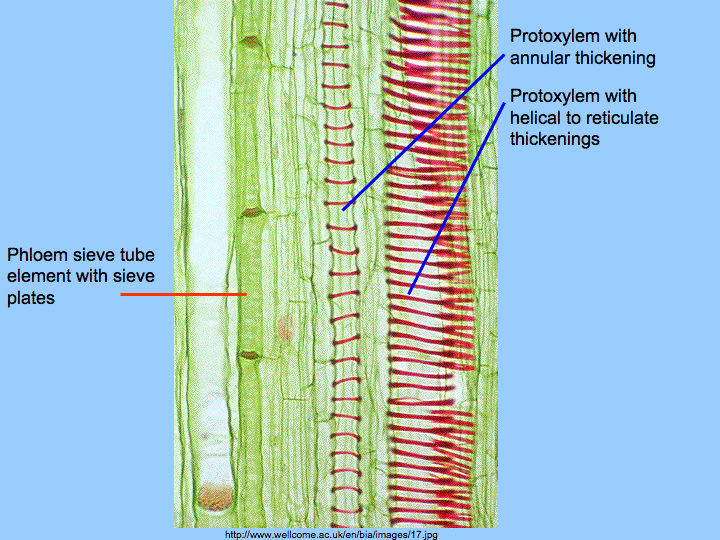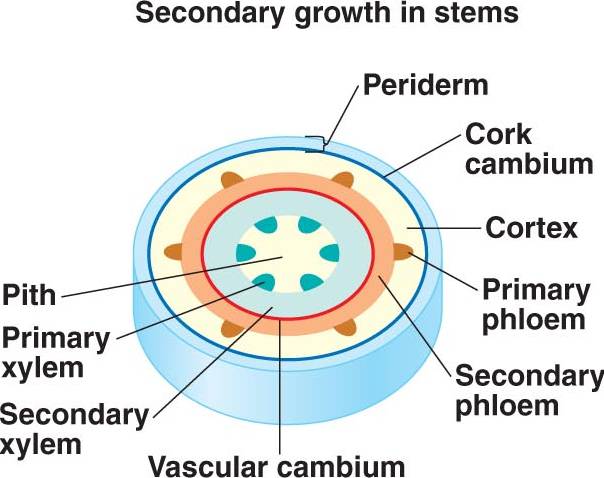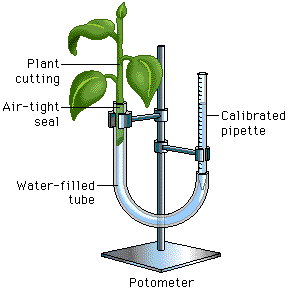- IB Style Question Banks with Solution
- IB DP Biology SL- IB Style Practice Questions with Answer-Topic Wise-Paper 1
- IB DP Biology HL- IB Style Practice Questions with Answer-Topic Wise-Paper 1
- IB DP Biology SL- IB Style Practice Questions with Answer-Topic Wise-Paper 2
- IB DP Biology HL- IB Style Practice Questions with Answer-Topic Wise-Paper 2
9.1 Transport in the Xylem of Plants
Essential Idea:
Structure and function are correlated in the xylem of plants
Understandings:
- Transpiration is the inevitable consequence of gas exchange in the leaf
- Plants transport water from the roots to the leaves to replace losses from transpiration
- The cohesive property of water and the structure of the xylem vessels allow transport under tension
- The adhesive property of water and evaporation generate tension forces in leaf cell walls
- Active uptake of mineral ions in the roots causes absorption of water by osmosis
Applications:
- Adaptations of plants in deserts and in saline soils for water conservation
- Models of water transport in xylem using simple apparatus including blotting or filter paper, porous pots and capillary tubing
Skills:
- Drawing the structure of primary xylem vessels in sections of stems based on microscope images
- Measurement of transpiration rates using potometers
- Design of an experiment to test hypotheses about the effect of temperature or humidity on transpiration rates
- Define transpiration.
- Outline gas exchange that occurs through leaf stomata.
- Outline structures and mechanisms involved in the flow of water from roots to leaves.
- Describe structure of xylem.
- Outline how xylem is able to maintain rigidity even under low pressure or mechanical disturbance.
- Outline polarity of water molecule.
- Define cohesion.
- Explain the decrease in pressure and transpiration-pull that results from evaporation of water from the leaf.
- State the transpiration is a passive processes.
- Explain why roots are hypertonic relative to the soil.
- Outline the role of active transport in maintaining root tonicity.
- Describe how water enters roots from the soil.
- Compare the symplastic and apoplastic pathways of water transport through the root.
- Define xerophyte and halophytic.
- Outline strategies used by xerophytes and halophytes to reduce water loss.
- Explain use of models in science.
- Describe simple models of water transport, inclusive of evaporation, adhesion and cohesion.
- Draw a xylem vessel tube, labeling cellulose wall and helical lignin thickening.
- Describe the use of a potometer to measure transpiration rates.
- Identify the manipulated, responding and controlled variables in an experiment to test the effect of an abiotic factor on the rate of transpiration.
- State a similarity and a difference between transpiration models and transpiration in plant tissues.
Topic 9.1: Transport in the Xylem of Plants
This unit will last 3 school days
Essential idea:
- Structure and function are correlated in the xylem of plants.
Nature of science:
- Use models as representations of the real world—mechanisms involved in water transport in the xylem can be investigated using apparatus and materials that show similarities in structure to plant tissues. (1.10)
- State a similarity and a difference between transpiration models and transpiration in plant tissues.
9.1 U 1 Transpiration is the inevitable consequence of gas exchange in the leaf.
- Define transpiration.
- Outline gas exchange that occurs through leaf stomata.
9.1 U 2 Plants transport water from the roots to the leaves to replace losses from transpiration
- Outline structures and mechanisms involved in the flow of water from roots to leaves.
9.1 U 3 The cohesive property of water and the structure of the xylem vessels allow transport under tension.
- Describe structure of xylem.
- Outline how xylem is able to maintain rigidity even under low pressure or mechanical disturbance.
- Outline polarity of water molecule.
- Define cohesion.
Xylem vessels are transport tissue found in vascular plants composed of a number of different types of cell, including long, continuous, thin, usually dead cells known as tracheids and vessel elements. Xylem vessels have a cell wall strengthened with lignin wich thickens and makes them stronger. Since atmospheric pressure is greater than the pressure inside the xylem vessels, the ridged structure prevent them from collapsing.
The xylem is responsible for the transport of water and soluble mineral nutrients from the roots to the different parts of the plants (stems then leaves) that use water. This also allows minerals absorbed from the soil to be transported through the xylem to the leaves
Water molecules cling together by hydrogen bonds between the molecules. This is know as cohesive forces and helps water to to be pulled through the plant. Along with the adhesive forces of water molecules to the xylem walls, a strong tension force is created within the xylem vessel. The cohesive property of the water provides an unbroken column of water in the xylem throughout the plant. Failure to have the cohesive property would stop all flow of water through the xylem vessels.
9.1 U 4 The adhesive property of water and evaporation generate tension forces in leaf cell walls.
- Explain the decrease in pressure and transpiration-pull that results from evaporation of water from the leaf.
- State the transpiration is a passive processes.
adhesion:
- the cell walls of xylem vessels are charged, attracting water molecules
- the adhesive attraction of water to xylem vessel walls moves them up the stem against gravity
- adhesion is important when sap starts to rise in plants that were leafless through the winter
- adhesion also helps prevent the column of water-filled xylem vessels from breaking
9.1 U 5 Active uptake of mineral ions in the roots causes absorption of water by osmosis.
- Explain why roots are hypertonic relative to the soil.
- Outline the role of active transport in maintaining root tonicity.
- Describe how water enters roots from the soil.
- Compare the symplastic and apoplastic pathways of water transport through the root.
If the mineral ion concentration of a certain ion is greater inside the root cell than the surrounding soil, mineral ions have to be actively transported into the root cell. In addition the charged particles cannot directly cross the cell membrane because of the non-polar region inside the bilayer. Proton pumps use energy (ATP) to pump protons (H+) out of the root cell into the surrounding soil. This results in a higher concentration of protons outside the root cells creating an electrochemical and concentration gradient.
H+ can combine with sucrose, NO3-, PO43-, and other anions to bring them back into the root cell through protein channels, following the concentration gradient established by the proton pumps. K+ ions can flow directly through special channels following the electrochemical gradient created by the proton pumps. Cations such as potassium can also enter the root cell through specialized potassium pumps that use ATP to pump K+ directly into the cell.
Since there is a greater concentration of ions or solutes inside the root cells, water will move into the root cells by osmosis
9.1 A 1 Adaptations of plants in deserts and in saline soils for water conservation.
- Define xerophyte and halophytic.
- Outline strategies used by xerophytes and halophytes to reduce water loss.
Xerophytes are plants that are adapted to grow in very dry conditions.
Reduced leaves
- Conifers and cactus plants both have reduced leaves; conifers have needles and cacti have spines. This decreases the surface area available for transpiration, thus decreasing water loss.
Rolled leaves
- Stomata exist inside of rolled leaves. This creates local humidity within the rolled leaf, thus decreasing the leaf’s exposure to air currents because water vapour evaporates into the small air space inside the rolled leaf rather than atmosphere. This decreases water loss through transpiration.
Reduced number of stomata
- Some xerophytes have a reduced number of stomata. By reducing the number of stomata, water loss through transpiration is decreased because there are fewer holes for evaporation to take place.
Thickened waxy cuticle
- Thick waxy cuticle makes the leaves and in some cases stems, more waterproof and impermeable to water. This prevents water loss through the epidermal cells.
Stomata in pits surrounded by hair
- Stomata sunken in pits and presence of hair creates local humidity by trapping moist air close to the leaf.
- The sunken stoma also decreases exposure to air currents and the hair reduces air flow around the stomata.
- Both of these factors decrease water loss from the plant.
Other adaptations by xerophytes are deep roots (maximum water absorption),water storage tissue (specialized cells store water in cacti), CAM and C4 plants (have specialized techniques of CO2 fixation) and opening of stomata at night
Halophytes are plants that can tolerate salty conditions (such as marshlands) due to the presence of a number of adaptations
Cellular sequestration
- halophytes can sequester toxic ions and salts within the cell wall or vacuoles
Tissue partitioning
- plants may concentrate salts in particular leaves, which then drop off (abscission)
Root level exclusion
- plant roots may be structured to exclude ~95% of the salt in soil solutions
Salt excretion
- certain parts of the plant (e.g. stem) may contain salt glands which actively eliminate salt
Altered flowering schedule – halophytes may flower at specific times (e.g. rainy seasons) to minimise salt exposure
9.1 A 2 Models of water transport in xylem using simple apparatus including blotting or filter paper, porous pots and capillary tubing.
- Explain use of models in science.
- Describe simple models of water transport, inclusive of evaporation, adhesion and cohesion.
The movement of water up the length of the xylem can be modelled using a number of simple apparatus. These include capillary tubing, filter or blotting paper and porous pots
- models allow one factor/aspect to be studied independently
- (glass) capillary tubes to model adhesion between water and xylem vessel walls
- porous pot to model flow in a xylem vessel due to transpiration from the leaf
- blotting paper OR porous pot OR other suitable material to model capillary attraction/adhesion
9.1 S 1 Drawing the structure of primary xylem vessels in sections of stems based on microscope images.
- Draw a xylem vessel tube, labeling cellulose wall and helical lignin thickening.
When drawing the structure of primary xylem vessels, it is important to remember the following features:
- Vessel elements should be drawn as a continuous tube
- The remnants of the fused end wall can be represented as indents
- The xylem wall should contain gaps which enable the exchange of water molecules
- Lignin can be represented by either a spiral or annular arrangement
9.1 S 2 Measurement of transpiration rates using potometers. (Practical 7)
- Describe the use of a potometer to measure transpiration rates.
A potometer is a device used for measuring the rate of water uptake of a leafy plant shoot. The main reason for water uptake by a cut shoot is transpiration (evaporation in plants) and is affected by the transpiration stream.
Light:
- guard cells close the stomata in darkness, so transpiration is much greater in light
- open stomata increases the rate of diffusion of CO2 needed for photosynthesis c. but also increasing transpirational water loss through stomata
Temperature:
- rate of transpiration water loss through stomata is doubled for every 10°C increase in temperature
- higher temperature also increases the rate of diffusion and reduces the relative humidity in the air outside the leaf
Wind:
- removes water vapor from leaf, reducing water potential around leaf
- thus increasing the water potential gradient between the leaf and its surroundings c. and therefore increasing the rate of transpirational water loss
Humidity:
- as humidity decreases, water potential around leaf is reduced
- thus decreasing the water potential gradient between the leaf and its surroundings c. and therefore decreasing the rate of transpirational water loss
9.1 S 3 Design of an experiment to test hypotheses about the effect of temperature or humidity on transpiration rates.
- Identify the manipulated, responding and controlled variables in an experiment to test the effect of an abiotic factor on the rate of transpiration.

